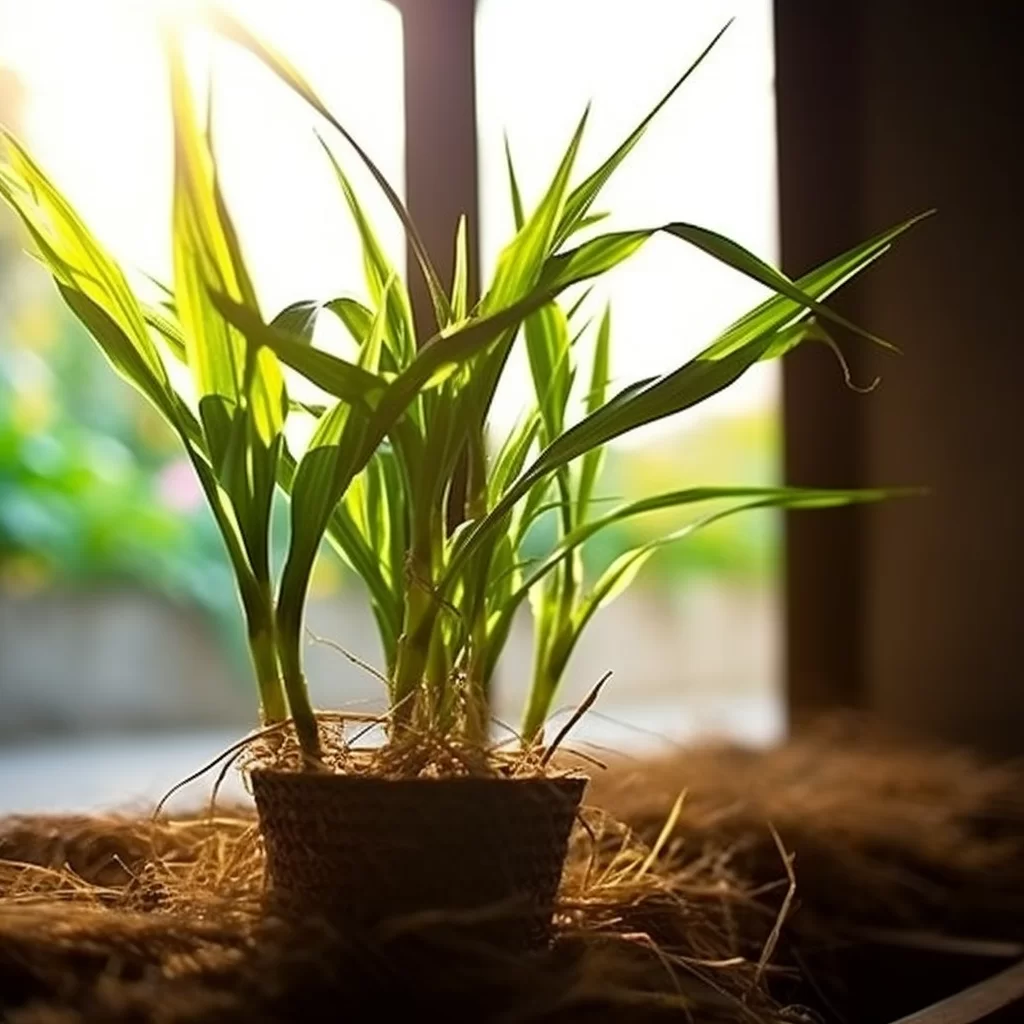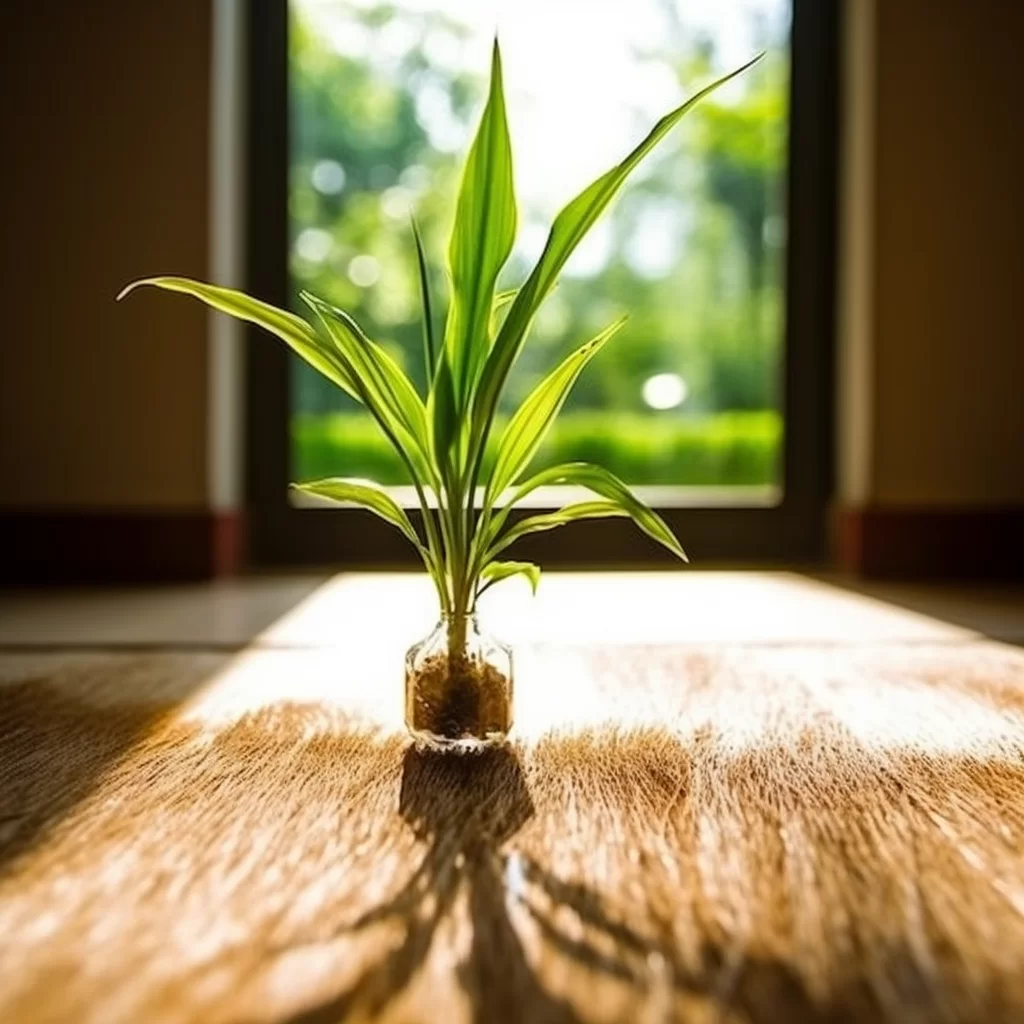Story of Day :
Contents
The Corn Plant: A Complete Guide and Care Tips
Gardening can be a fun, rewarding, and therapeutic hobby. One of the most popular indoor plants is the corn plant. While this plant may sound like it belongs in a farm field, it’s actually an attractive houseplant that adds character to any home or office. The corn plant gets its name from its corn-like appearance, but it is not related to the maize crop that we eat. In this article, we will provide you with everything you need to know about caring for your corn plant.
What Is a Corn Plant?

The scientific name for a corn plant is Dracaena fragrans. It’s native to tropical Africa and grows up to six feet tall indoors. The leaves are long and narrow with yellow or white stripes running down the center.
Corn Plant Care Tips:

Lighting:
- Corn plants prefer bright indirect light but can tolerate low light conditions.
- Avoid direct sunlight as it can damage their leaves.
Watering:
- Water your corn plant once a week during warmer months (spring and summer) when the top inch of soil feels dry to touch.
- In winter, reduce watering frequency as they don’t grow actively during this time of year; allow the soil surface to dry out completely before watering again.
- Avoid over-watering as it can lead to root rot which is fatal for these plants.

Humidity:
- Corn plants thrive in high humidity environments; mist them regularly or place them on pebble trays filled with water so that they get enough moisture from evaporation.
Temperature:
- Corn plants like temperatures between 60-75°F (15-24°C).
- Avoid placing them near drafty areas like air-conditioning vents and windows during winter.

Fertilizer:
- Feed your corn plant once a month with balanced liquid fertilizer during the growing season (spring and summer) to encourage healthy growth.
Potting and Propagation:
Corn plants can be propagated easily through stem cuttings. Take a cutting of at least six inches long from the tip of the plant, remove the lower leaves, dip in rooting hormone powder, and place it in moist soil. Keep the soil moist but not wet until roots start to form.
If you need to repot your corn plant, do it only when they outgrow their container or every two years using fresh potting soil. Choose a pot that is one size larger than its current container with drainage holes at the bottom for excess water to drain out.
Pest Control for Corn Plants:
Corn plants are relatively pest-free; however, they can attract spider mites and mealybugs. Look for signs such as webbing on leaves or small cotton-like clusters on stems/leaves. Treat them by wiping affected areas with soapy water or alcohol-dipped cotton buds regularly until there are no signs of infestation left.
The Benefits of Having Corn Plants in Your Home
Besides being aesthetically pleasing, corn plants have numerous health benefits that make them an excellent addition to any home/office environment. They purify indoor air by removing toxins such as formaldehyde and benzene produced by household items such as carpets, furniture glues and cleaning agents. They also reduce stress levels by promoting relaxation and improving air quality.
Conclusion:
The corn plant is an attractive, easy-to-care-for indoor plant that can bring life to any space. With proper care, it can thrive for years, purify the air we breathe and provide therapeutic benefits to our mental wellbeing. So go ahead, get yourself a corn plant today!
